Our History
Since our humble beginnings with two students, two professors and two rooms on the University of Colorado (CU) campus in Boulder in 1883, the Department of Medicine (DOM) has come a long way.
As the largest department within the School of Medicine, we represent more than 1,000 faculty members, 176 residents, and approximately 132 fellows. With more than $126M in current research funding, we are consistently among the top 25 departments of medicine in National Institutes of Health research funding. Our Division of Pulmonary Sciences and Critical Care is ranked among the best in the nation by U.S. News and World Report, with several other divisions also achieving national ranking.
We are privileged to be housed at the 540-acre state-of-the art Anschutz Medical Campus in Aurora, the nation’s first medical campus built from the ground up to combine education, research and patient care, and the only academic health center in the Rocky Mountain region.
Under the leadership of our chair, Vineet Chopra, MBBS, MD, MSc, we are bridging the gap between cutting-edge research and clinical care to transform medicine into a more targeted, personalized practice. Here’s how far we have come.
The Early Years (1883–1932)
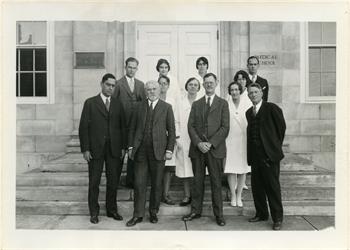 On May 5, 1883, at the urging of founding CU president Joseph A. Sewall, MD, CU administrators agreed to establish a “Medical Department” on the fledgling Boulder campus. According to The University of Colorado School of Medicine: A Centennial History, edited by Henry Claman, MD and Robert Shikes, MD, it consisted of two rooms in the Old Main building, two professors, two instructors, and two “hastily recruited” students. Tuition was free, and the department vowed to accept women “on
an equal basis with men.”
On May 5, 1883, at the urging of founding CU president Joseph A. Sewall, MD, CU administrators agreed to establish a “Medical Department” on the fledgling Boulder campus. According to The University of Colorado School of Medicine: A Centennial History, edited by Henry Claman, MD and Robert Shikes, MD, it consisted of two rooms in the Old Main building, two professors, two instructors, and two “hastily recruited” students. Tuition was free, and the department vowed to accept women “on
an equal basis with men.”
In 1891, to the chagrin of the editors of the Journal of the American Medical Association (which predicted the school’s swift demise), it graduated its first female MD, Nelly Frances Mayo.
(Harvard Medical School didn’t graduate its first women until 1949.) For decades, CU’s Medical Department was one of four medical schools in Colorado. 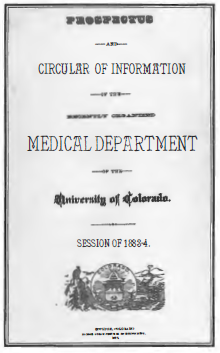
But in 1910, the Carnegie Foundation sent a man named Abraham Flexner to review the nation’s medical schools. “His report was so devastating that half the medical schools in the U.S. folded within two years,” recalls Claman, a distinguished professor in the Division of Allergy and Clinical Immunology. “Out of those four medical schools came one. It was the University of Colorado.”
By 1917, the “Medical Department” had become the “School of Medicine,” with its own distinct departments and department heads. For years the school was split, with basic sciences taught in Boulder while clinical training took place in Denver via an all-volunteer faculty of practicing physicians.
 Then, on January 23, 1925, the new University of Colorado Health Sciences Center was formally dedicated on a 17-acre campus near Colorado Boulevard and 9th Avenue in Denver, complete with its own teaching hospital, Colorado General.
Then, on January 23, 1925, the new University of Colorado Health Sciences Center was formally dedicated on a 17-acre campus near Colorado Boulevard and 9th Avenue in Denver, complete with its own teaching hospital, Colorado General.
Top: Colleagues, 1925. Bottom Left: Surgical Kit, 1870s.
Bottom Right: CU Medical Department Bulletin, 1883.
Credit: Special Collections, CU Strauss Health Sciences Library
The Waring Years (1933–1950)
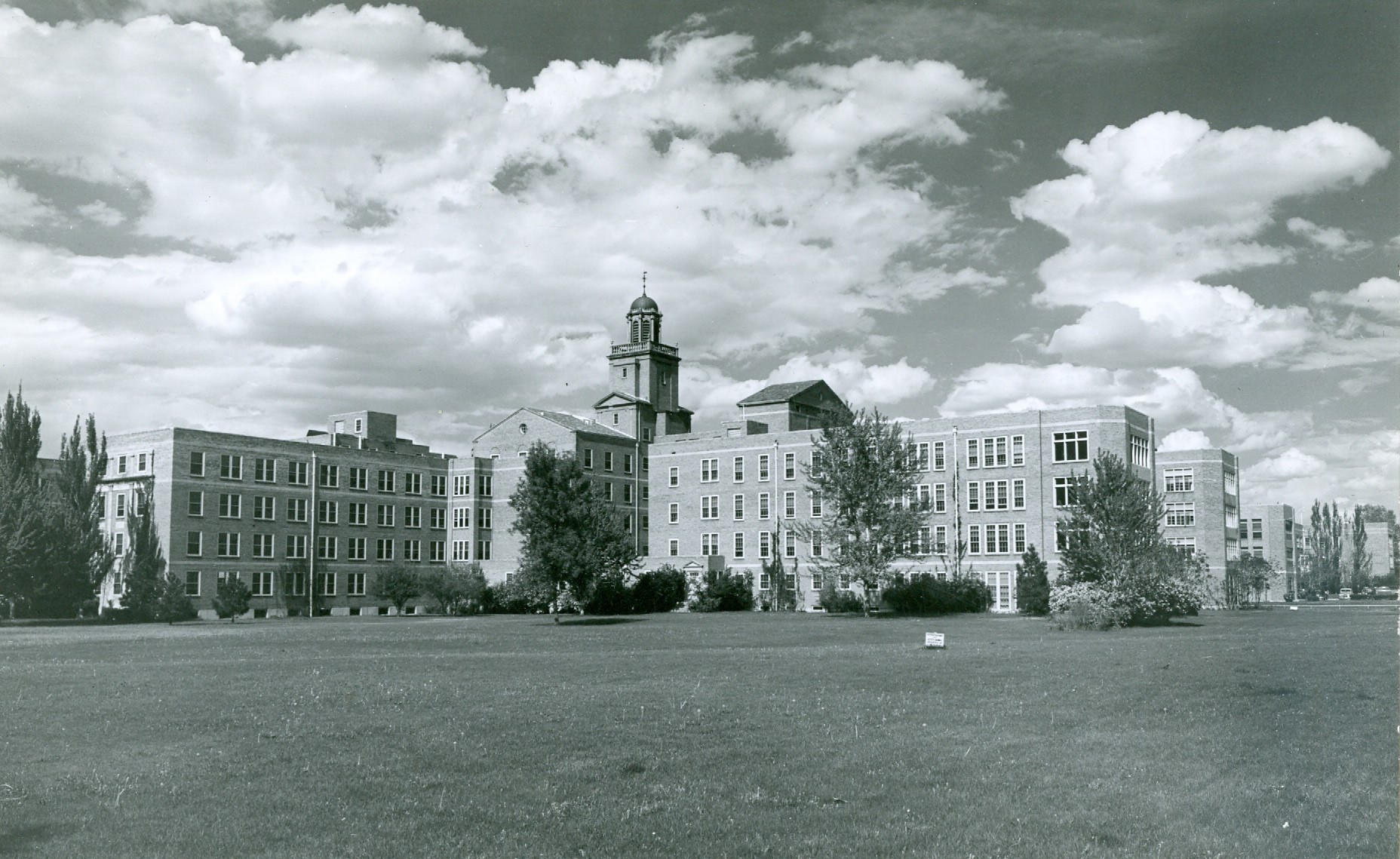
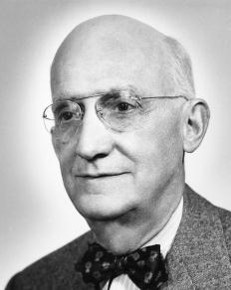
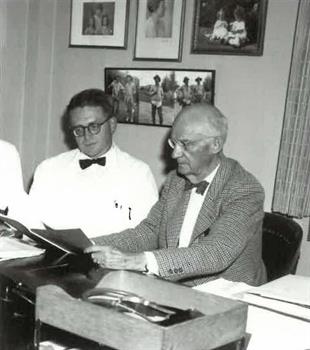
Top: Colorado General Hospital, 1940 Credit: Special Collections, CU Strauss Health Sciences Library
Bottom: James "Gentleman" Waring MD, 1933. Credit: University of Colorado
The Great Depression brought hardship upon the School of Medicine – faculty salaries were cut and graduates had difficulty setting up practice. Yet, the school and university forged on as students continued their studies led by dedicated faculty, including one who would become the first full-time professor and chair of the Department of Medicine in 1933—James “Gentleman Jim” Waring, MD. Dr. Waring was appointed the first full-time professor and the chair of the Department of Medicine in 1933, marking the beginning of a new era in which research slowly and gradually became a larger focus of the school.
“The coming of full-time faculty and the rise of research in the department went hand in hand,” notes Claman. “You couldn’t be a successful researcher if you were a volunteer faculty member, constantly running downtown to see your patients all the time.”
Dr. Waring, who had been schooled at Yale and Johns Hopkins and came to Colorado to seek relief from tuberculosis, vowed to work to eradicate TB. He went on to found the Department of Medicine’s first specialty division, the Division of Industrial Medicine and Hygiene, in 1939, and helped create the Colorado Foundation for Research in TB (afterward known as the Webb-Waring Lung Institute, which merged into CU in 2008 and became the Webb-Waring Center).
By 1950, when Waring retired, the DOM boasted six divisions but was known best as a national hub for pulmonary medicine.
The Meiklejohn Years (1951–1975)
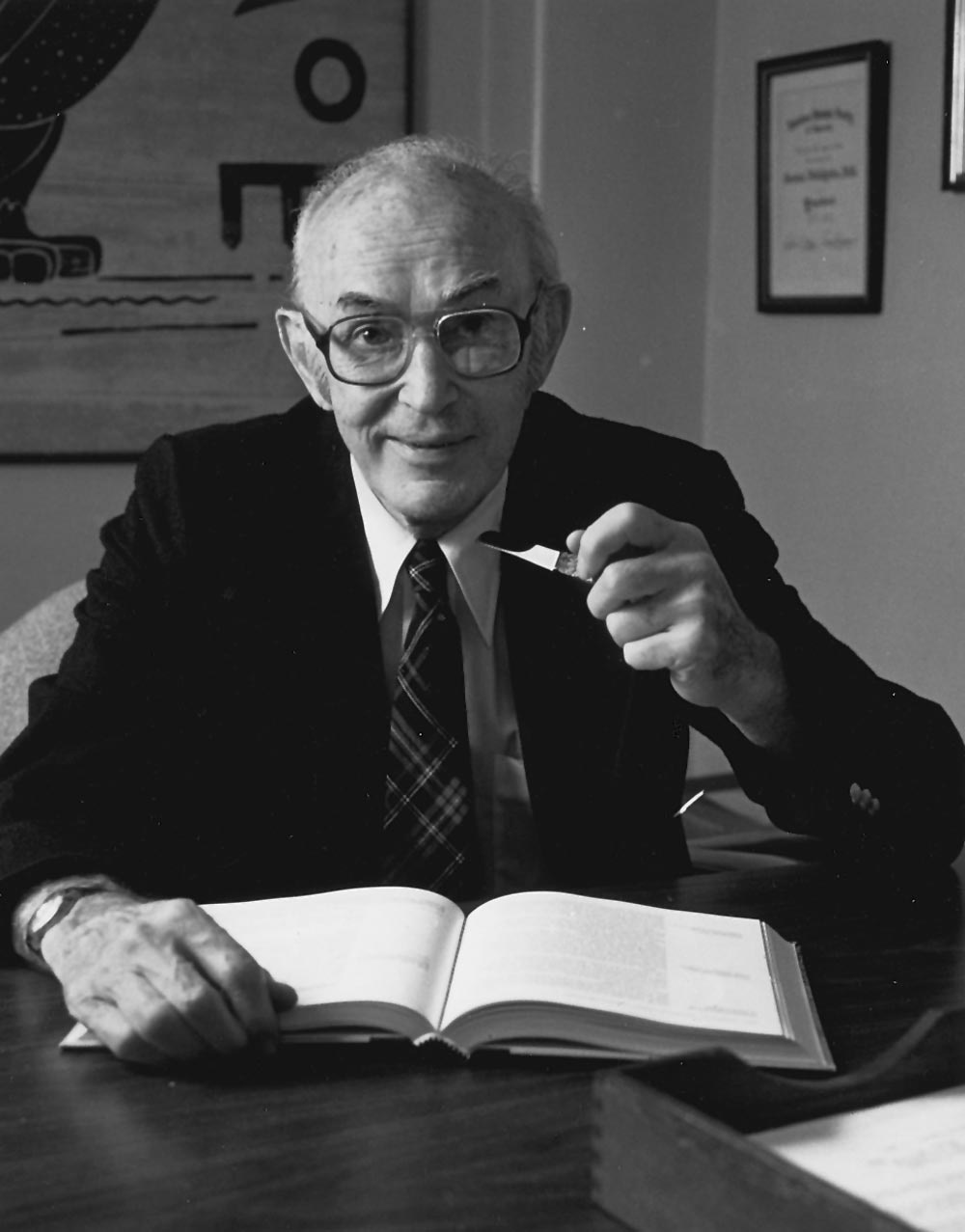
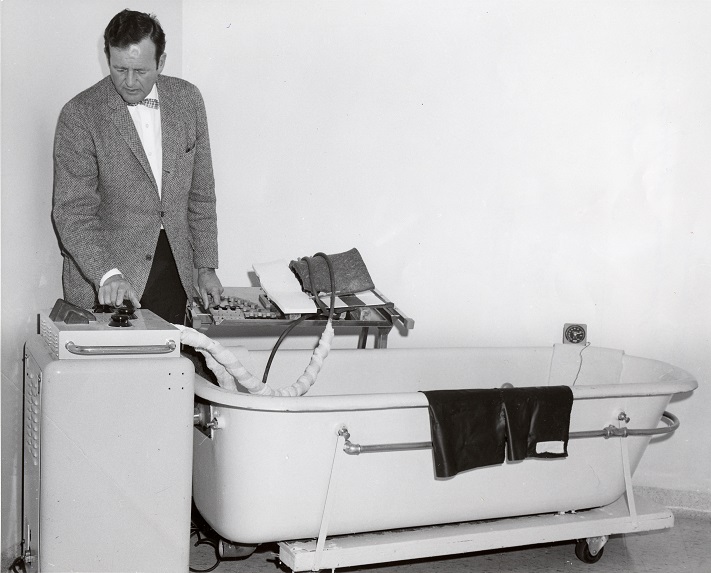
Left: Gordon Meiklejohn, MD. Credit: University of Colorado. Right: Henry Swan II, MD, demonstrates the cooling device attached to the bathtub used for hypothermia in open-heart surgery. The bathtub is now in the Smithsonian Institution. Credit: Tom Noel Collection.
Under the leadership of Gordon Meiklejohn, MD, from 1951 to 1975, the department expanded rapidly and the medical school began to garner a reputation as a generator of medical “firsts”:
In the early 1950s, faculty members S. Gilbert Blount, MD and Henry Swan, MD made history by conducting the first human open heart surgeries, on patients who had been plunged into a bathtub of ice water to temporarily halt their circulation while surgery took place. Between 1953 and 1958, more than 500 patients were treated. (The bathtub now rests in the Smithsonian Institution).
In the mid-1950s, Joseph Holmes, MD, and Douglas Howry, MD, worked to develop the first ultrasonic scanner. “The patients sat in a water tank made out of an old B-29 gun turret, and held lead weights to keep from floating. The scanner was submerged and moved back and forth via a trolley mounted on the rim of the tank,” according to The University of Colorado School of Medicine: A Centennial History.
In 1963, Thomas Starzl, MD, PhD, then Chair of the Department of Surgery, performed the first human liver transplant, putting CU on the map as a training ground in the new field of organ transplantation.
The Schrier Years (1976–2002)
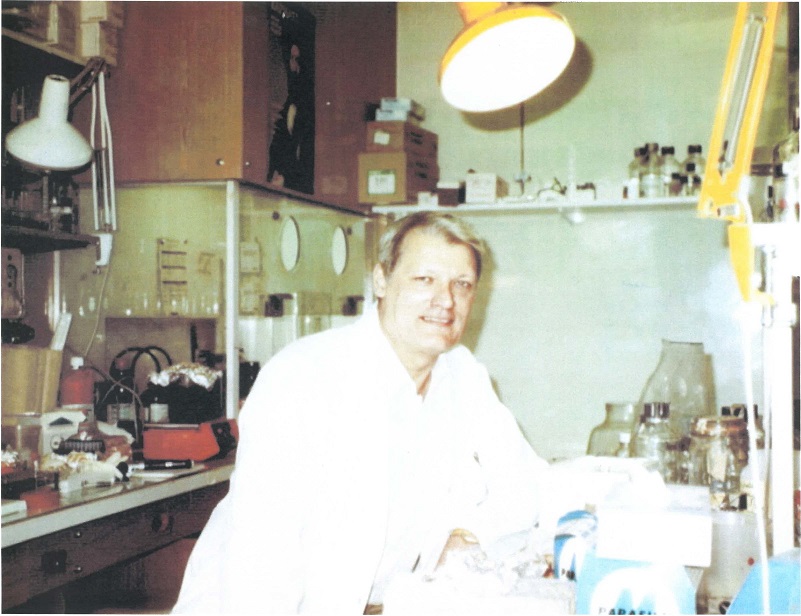
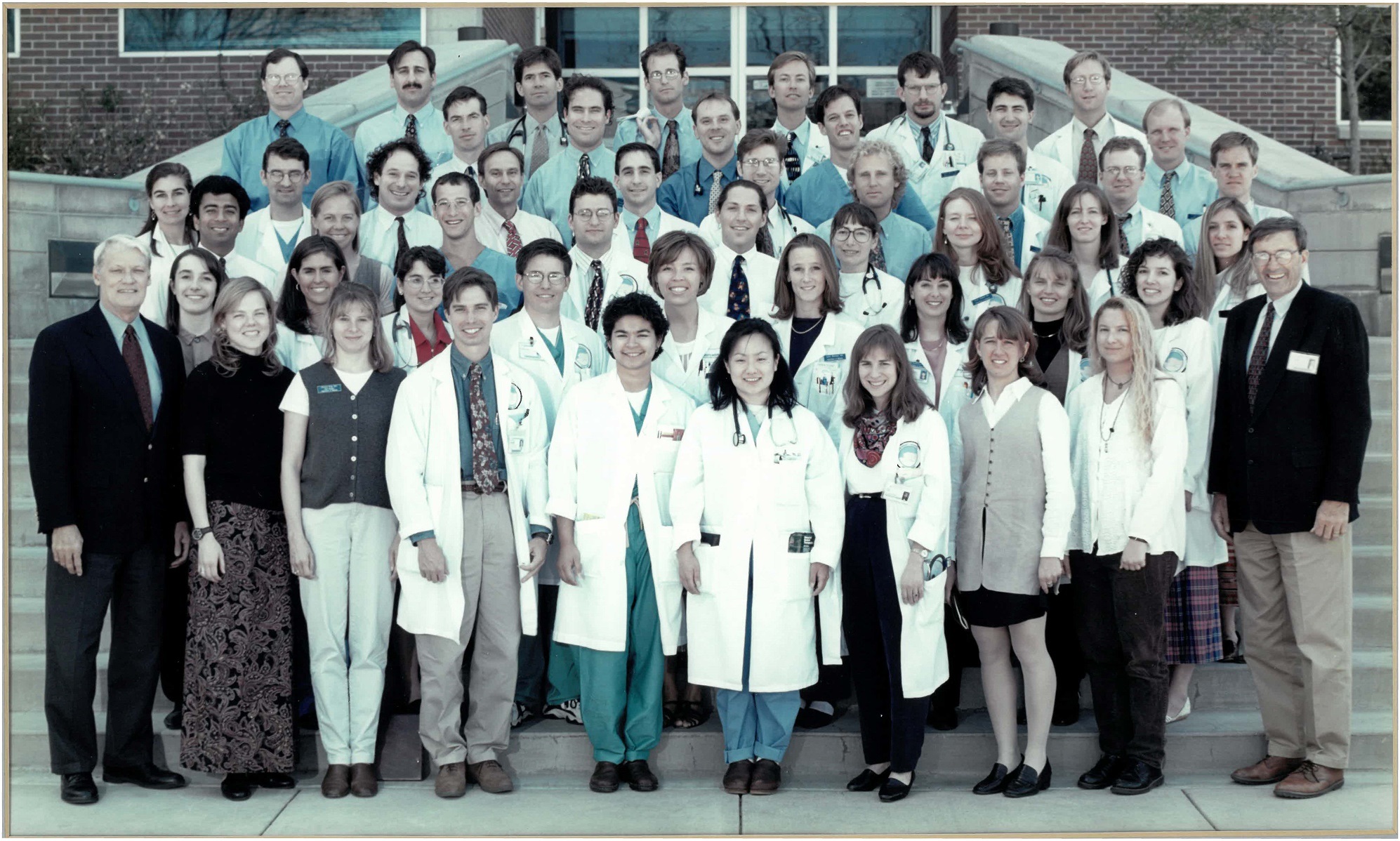
Left: Robert W. Schrier, MD, in his lab, circa 1976. Credit: Robert W. Schrier. Right: 1996–97 University of Colorado Department of Medicine housestaff Credit: University of Colorado Department of Medicine.
When Robert W.Schrier, MD, took the helm of the DOM in July 1976, it consisted of 75 full-time faculty and brought in $3M annually in research grants. When he left 26 years later, the full-time faculty had swelled to 500 and external grants had risen to $100M.
He’d also established the first endowed chair, named after his predecessor, ushering in a new era of once-unheard-of philanthropic support for the department. Today, the department has 44 endowed chairs.
Dr. Schrier entered his post with a whopping 10 faculty positions to fill, and a meager $100,000 in seed money to get them there. He insisted on heading all the national searches and went on to assemble a dream team of specialty Division Heads, each of whom brought along a wealth of equipment, expertise and NIH grant funding (eight have gone on to chair their own departments of medicine at other schools). He also founded five new divisions, including Medical Oncology, Health Care Policy and Research, and Internal Medicine, and established a new PhD in Clinical Science Program to groom future physician-scientists.
“A lot of the medical students around the country started applying to the University of Colorado and we became one of the most competitive programs in the country to get into,” recalls Dr. Schrier.
The Anderson Years (2002–2010)
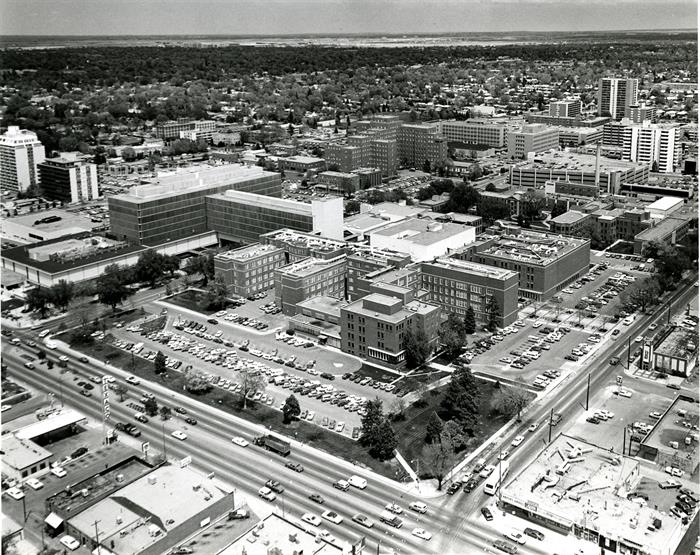
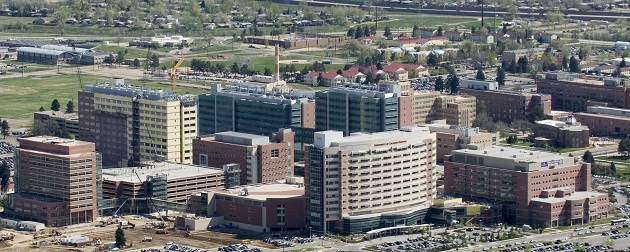
Top: University of Colorado Hospital, 9th Ave. and Colorado Blvd in 1987. Bottom: University of Colorado Hospital, Fitzsimons Campus in 2007. Credit: University of Colorado.
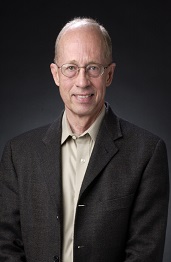 Under the leadership of Department Chair Robert Anderson, MD, from 2002 to 2010, the Department of Medicine broadened its clinical scope and completed, in 2007, a historic move from its cramped and aging home on Colorado Boulevard to its new digs eight miles east on the site of the shuttered Fitzsimons Army Base (now the University of Colorado Anschutz Medical Campus and the Fitzsimons Life Science District).
Under the leadership of Department Chair Robert Anderson, MD, from 2002 to 2010, the Department of Medicine broadened its clinical scope and completed, in 2007, a historic move from its cramped and aging home on Colorado Boulevard to its new digs eight miles east on the site of the shuttered Fitzsimons Army Base (now the University of Colorado Anschutz Medical Campus and the Fitzsimons Life Science District).
More than 13 years in the making, the 578-acre campus is now home to the Schools of Medicine, Nursing, Dentistry and Pharmacy; University of Colorado Hospital; Children’s Hospital; a science and technology park; and a new Department of Veterans Affairs hospital.
During the eight years of Dr. Anderson’s tenure, the department’s leadership underwent significant change with the recruitment of 10 new division heads, new housestaff and student education program leaders and the establishment of a hospitalist program. Dr. Anderson also created a renewed focus on education by building exceptional programs for both medical students and residents to excel in an ever-changing healthcare landscape
The Schwartz Years (2011–2021)
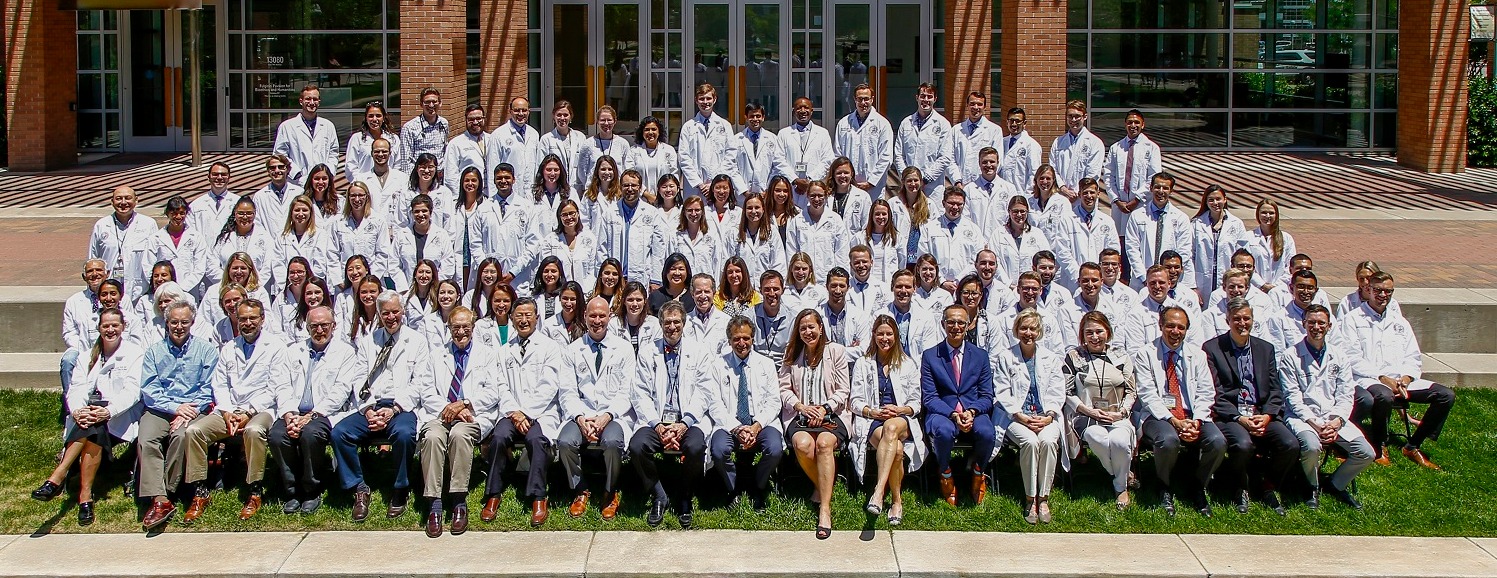
2016–17 University of Colorado Department of Medicine faculty and housestaff. Credit: University of Colorado Department of Medicine
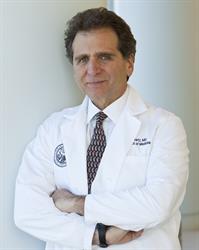 Robert W. Schrier Chair of Medicine David A. Schwartz, MD, presided over an exciting transformation of the Department of Medicine.
Robert W. Schrier Chair of Medicine David A. Schwartz, MD, presided over an exciting transformation of the Department of Medicine.
During his tenure, the department doubled its clinical activity, increased NIH support by almost 70 percent, doubled VAMC funding, developed training and scholarship programs for investigators and clinician-educators, and engineered a fourfold increase in the diversity of its housestaff.
During this tremendous growth period, Dr. Schwartz established two new divisions – Hospital Medicine and Biomedical Informatics and Personalized Medicine, which became its own Department of Biomedical Informatics in 2022. Dr. Schwartz’s pioneering efforts established pipelines for career development in research, education and interdisciplinary program development. Dr. Schwartz also led efforts to incorporate diversity and justice within the department’s DNA. This resulted in key institutional initiatives addressing gender equity, parental leave and implicit bias.
Dr. Schwartz’s leadership provided a steady and reassuring vision that resulted in the delivery of outstanding patient care, ground-breaking science and consistent training and education during the COVID-19 pandemic.
"Our collective achievements have focused on creating a foundational environment where everyone is meant to feel supported and interconnected. I believe that these programs and this environment prepared our faculty, trainees and staff to successfully address what has been the major challenge of my professional career: the Covid Pandemic," said Dr. Schwartz. "By being collaborative, responsive, supportive of our most vulnerable workers, driven by science, and committed to the best care of our patients, we answered the call, put our lives on the line, and recognized that we are stronger together. By all measures, we are stronger now than we’ve ever been."
Current Chair of Medicine: Vineet Chopra, MBBS, MD, MSc (2021–Present)
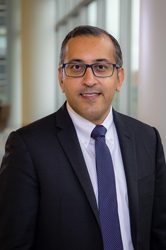 Vineet Chopra, MBBS, MD, MSc, chief of the Division of Hospital Medicine at the University of Michigan Health System, was named chair of the Department of Medicine at the University of Colorado School of Medicine, effective October 18, 2021.
Vineet Chopra, MBBS, MD, MSc, chief of the Division of Hospital Medicine at the University of Michigan Health System, was named chair of the Department of Medicine at the University of Colorado School of Medicine, effective October 18, 2021.
Dr. Chopra became Michigan’s inaugural Chief of Hospital Medicine in 2017, leading and building the first new division created in the department in more than 50 years. He is an accomplished physician-scientist and health services researcher focused on patient safety, hospital-acquired complications and the art and science of mentorship.
Dr. Chopra joined the University of Michigan School of Medicine in 2008. Prior to that, he completed residency training at Mount Sinai School of Medicine and the Bronx Veterans Affairs Medical Center in 2005. He earned his MBBS in 2001 from the Grant Medical College in Mumbai, India.
“Vineet’s career accomplishments demonstrate the value of collaboration in academic medicine,” said CU School of Medicine Dean John J. Reilly, Jr., MD. “He managed a critically important clinical division during the worst pandemic in a century. He has earned an international reputation for his expertise in patient safety, and he has expanded research activity in his division. We look forward to the valuable contributions he will make at CU.”
“As a leader, I focus on service, collaboration, accessibility and transparency,” said Dr. Chopra. “I believe the best leaders are enablers and achieve success by helping those they lead reach their full potential. As an immigrant, I uniquely understand the value that diversity of views, people, ideas and culture bring to guiding decisions and strategy.
“I also recognize that ideal leaders must not be ‘top down’ but, rather, must lead from within – which is why I am proud to still serve as a rank-and-file hospitalist. I look forward to bringing my unique blend of clinical, scholarly and mentoring expertise to CU and the Department of Medicine. I am thrilled about the possibilities that are ahead and hope to take the research, programmatic and clinical standing of the department to new heights.”
Dr. Chopra succeeds David Schwartz, MD, who has been department chair since 2011.
Sources:
“History of the Department of Medicine: 1933–1985” edited by Gordon Meiklejohn, MD and Charley Smyth, MD.
“The University of Colorado School of Medicine: A Centennial History 1883–1983, and “The University of Colorado School of Medicine Millennial History,” edited by Henry Claman, MD and Robert Shikes, MD.